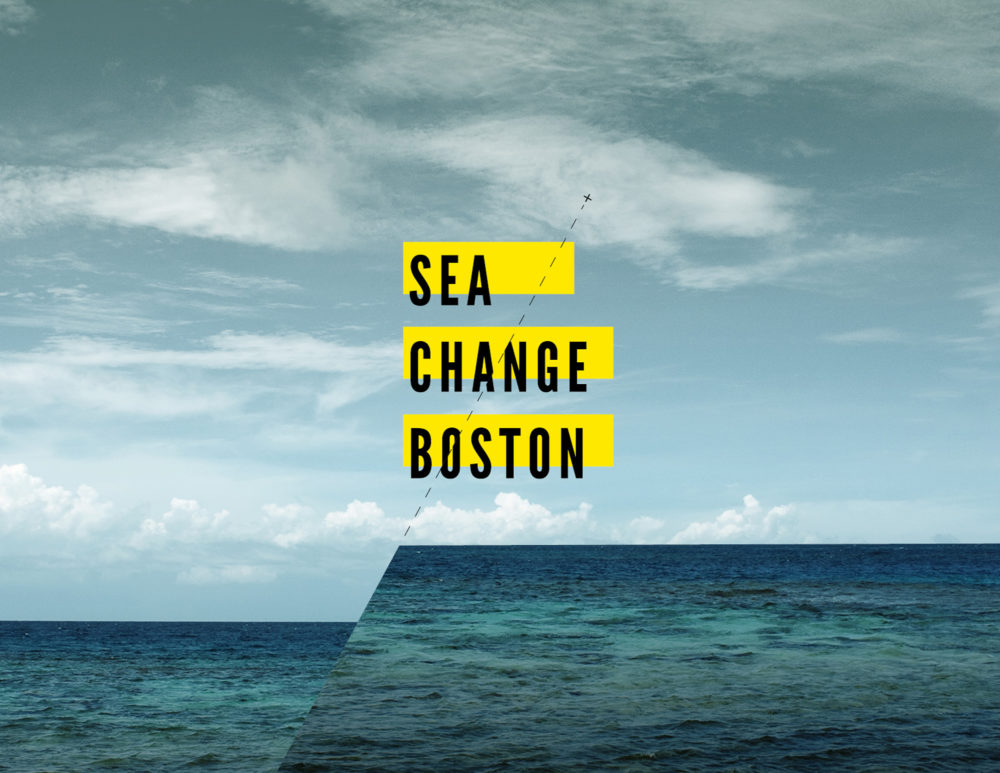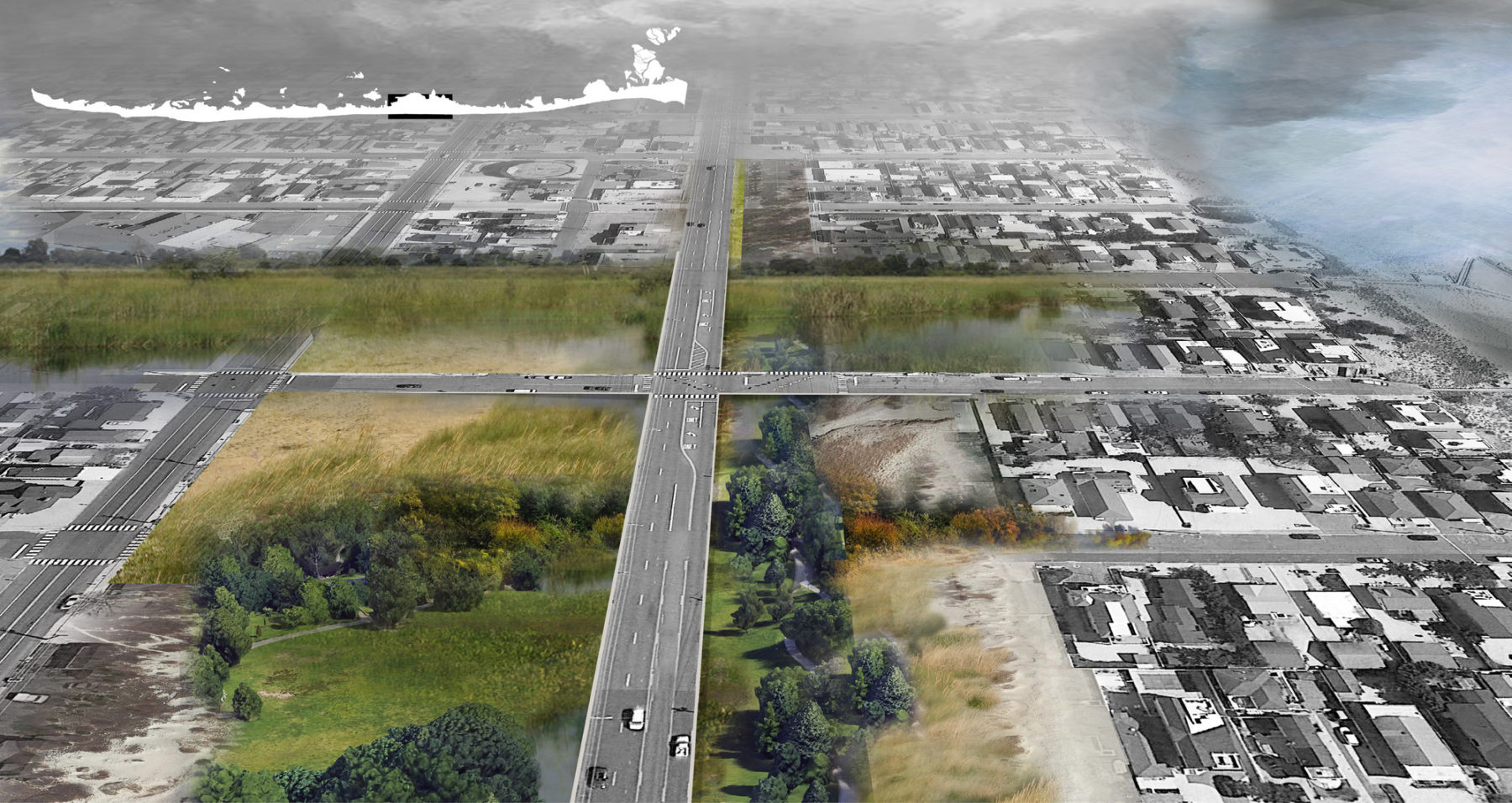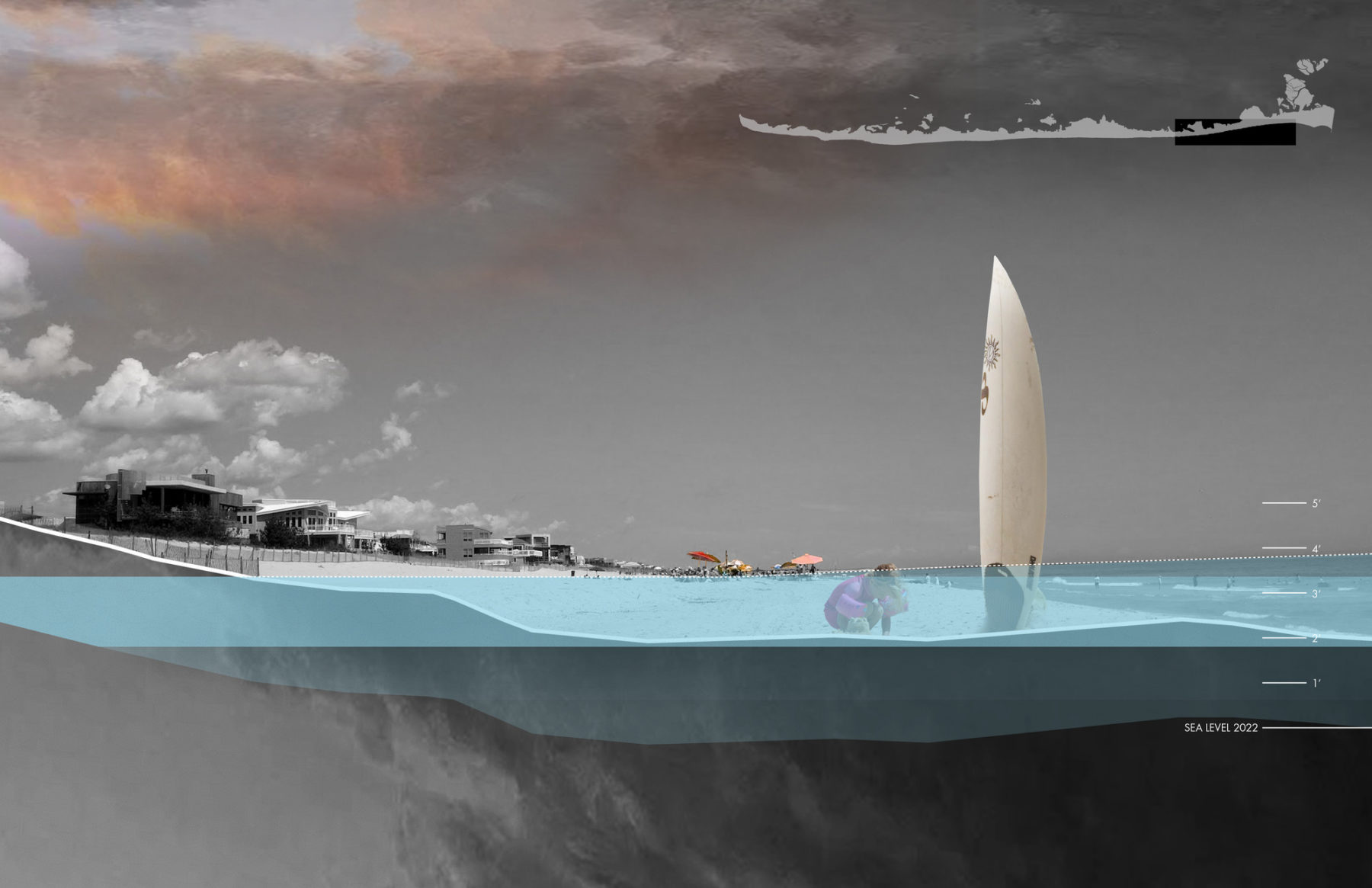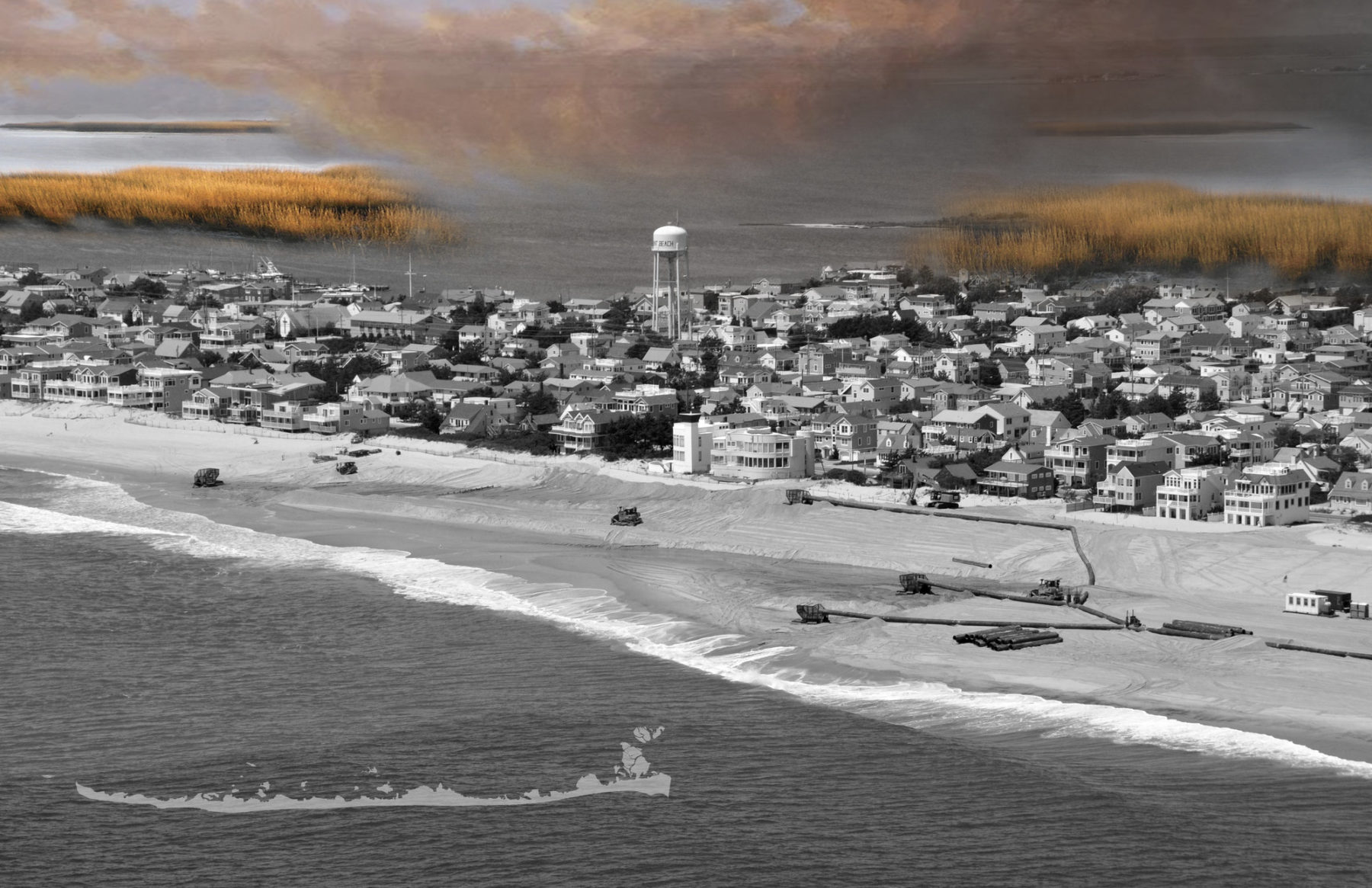
海平面变化:波士顿
美国麻萨诸塞州波士顿市
 Sasaki
Sasaki

As an island, the adaptation challenge comes to the Long Beach Island (LBI) community from all around; surging from its back bay and battering its ocean-side dunes; falling from the skies above.
This project will equip LBI with the tools to respond to climate change and sea level rise by acknowledging this challenge and by forming a directional narrative and action-oriented response. The response takes shape through three distinct, directional resiliency scenarios.


Actions within this scenario consider Long Beach Boulevard (the transportation “spine” of the Island) as a central player in any transformation. Recommendations include connected systems of stormwater conveyance, raising the elevation of the Long Beach Boulevard, dynamic elevated crossings, dune surge filters, and strategic modifications to topography to direct runoff and storm surge (on-island revetments), a core of consolidated infrastructure beneath an elevated boulevard, and a string of new, public green spaces that serve dual functionality as space for people and space for nature.
想了解更多项目细节,请联系 Susannah Drake.